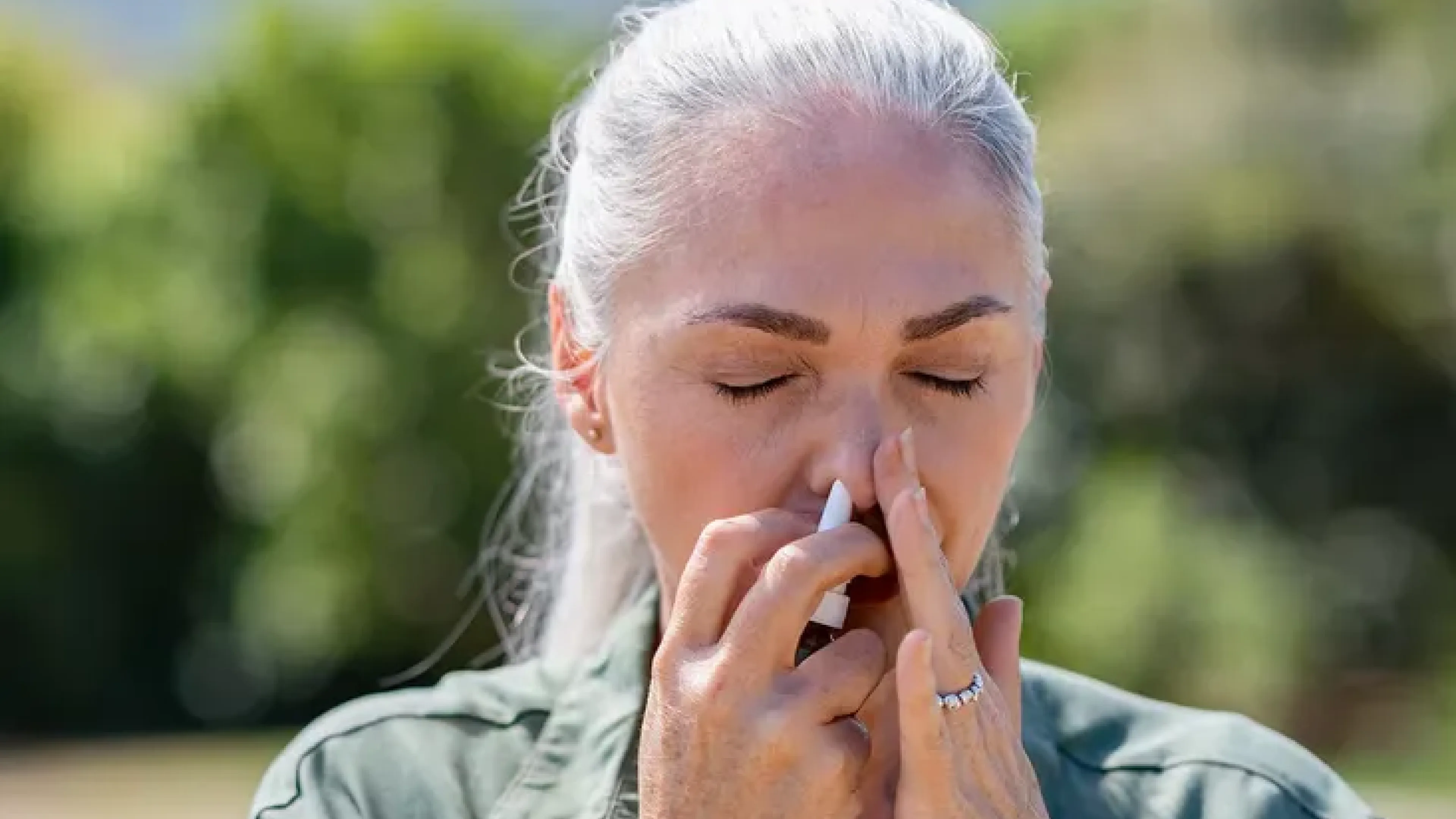You’re reading the web version of our email briefing on health policy, science and medical news. Sign up to get it next week.
In response to Trump’s DEI bans, Canada’s medical schools will now fall entirely under Canadian oversight.
Until recently, accreditation had been done jointly with the U.S., but with America veering into new territory Canadian schools are now held to Canadian standards.

The push to decouple began in 2021, but recent Trump bans on equity-based standards lent a renewed sense of urgency, says CMA president Dr. Margot Burnell.
Trump’s anti-DEI directives are more than an artifact of MAGA meme culture, they carry real-world consequences. Research shows that racialized patients experience better health outcomes when they feel personally represented within the systems meant to serve them.
In theory, the change could make it harder for Canadian med school grads to work in the U.S. But as of 2023, Less than 0.1 per cent of Canada’s grads matched to U.S. residency spots. "I think Canadian-trained physicians will recognize the importance and the ethics of undertaking this,” Burnell said.
Read more…

Prime Minister Carney says Ottawa will finalize pharmacare agreements with all provinces and territories, but won’t commit to expanding them beyond diabetes and contraception coverage.
The deals fulfill what’s outlined in last year’s Pharmacare Act, but fall short of the universal national drug plan envisioned by the Trudeau government.
NDP interim leader Don Davies, one of the architects of last year’s legislation, vowed to push for the program’s expansion into covering other types of drugs. Dr. Eric Hoskins, who for years advised the Liberals to bring in universal single-payer pharmacare, called Carney’s approach “incremental but important.”
Read more…

CIHI data show pneumonia-related emergency visits surged last year, particularly among children and teens.
5–19 year olds were the hardest hit. More than 28,000 pneumonia visits were recorded in November 2024, more than double the year prior.
The spike is linked to an atypical wave of mycoplasma pneumoniae infections, which resists standard antibiotic treatments for pneumonia. At least one media commentator has suggested the surge is due to the pandemic restrictions of 2020–2021, a hypothesis that’s been largely refuted as of 2025.
Read more…

Sports betting ads are now everywhere, and physicians say kids are paying the price.
Youth exposed to gambling ads are more likely to start gambling, gamble more when they do gamble, and struggle with addiction. Suicide is a leading cause of death among problem gamblers.
Before legalization, about four per cent of Ontario high schoolers showed signs of problem gambling. Today, single-game betting is a multi-billion-dollar industry with very few ad restrictions. Though sports betting is officially 19+, youth see ads everywhere (including on their phones). A senate bill to regulate the ads passed second reading in June.
Read more…

Ontario has signed 10 agreements with provinces and territories to remove barriers for regulated professions, but healthcare remains outside the new framework.
Workers in more than 50 (non-health) licensed professions will be able to start jobs within 10 days of credential confirmation, starting next January.
Health care workers remain under their existing regulatory colleges. Former Manitoba Liberal leader Dougald Lamont and others argue that if medicine were included, mobility alone would not solve doctor and nurse-shortages. Thousands of qualified applicants are turned away from medical schools each year, as well as scarce residency spots. Without expansion of our doctor-supply pipeline at these chokepoints, adding interprovincial competition isn’t a simple fix.
Read more…

A German trial found that azelastine, a common nasal spray, reduced infections and shortened illness-duration (and might also protect against colds and flu).
People using azelastine were three times less likely to test positive for COVID than those in the placebo group.
The randomized trial tracked 450 adults for nearly two months. Only 2.2% of azelastine users tested positive, versus 6.7% in the placebo group. They also took fewer sick days. Though the spray is available over the counter in the U.S. and Europe, in Canada it exists only as a steroid combination, likely negating its use as a preventitive agent (steroids are immune-suppressing). As viral season approaches, it’s worth noting that non-azelastine sprays have some evidence for possibly preventing or shortening viral infections.
Read more…
And that’s that for this week,
As always, thanks for being here. And do stay well this fall season: when viruses and politics both move fastest.
Nick Tsergas, Editor
Canada Healthwatch
[email protected] | canadahealthwatch.ca
Stay informed.
On the most important developments in Canadian health.
Get Canada’s essential briefing on health policy, science, and system change. Get Briefing